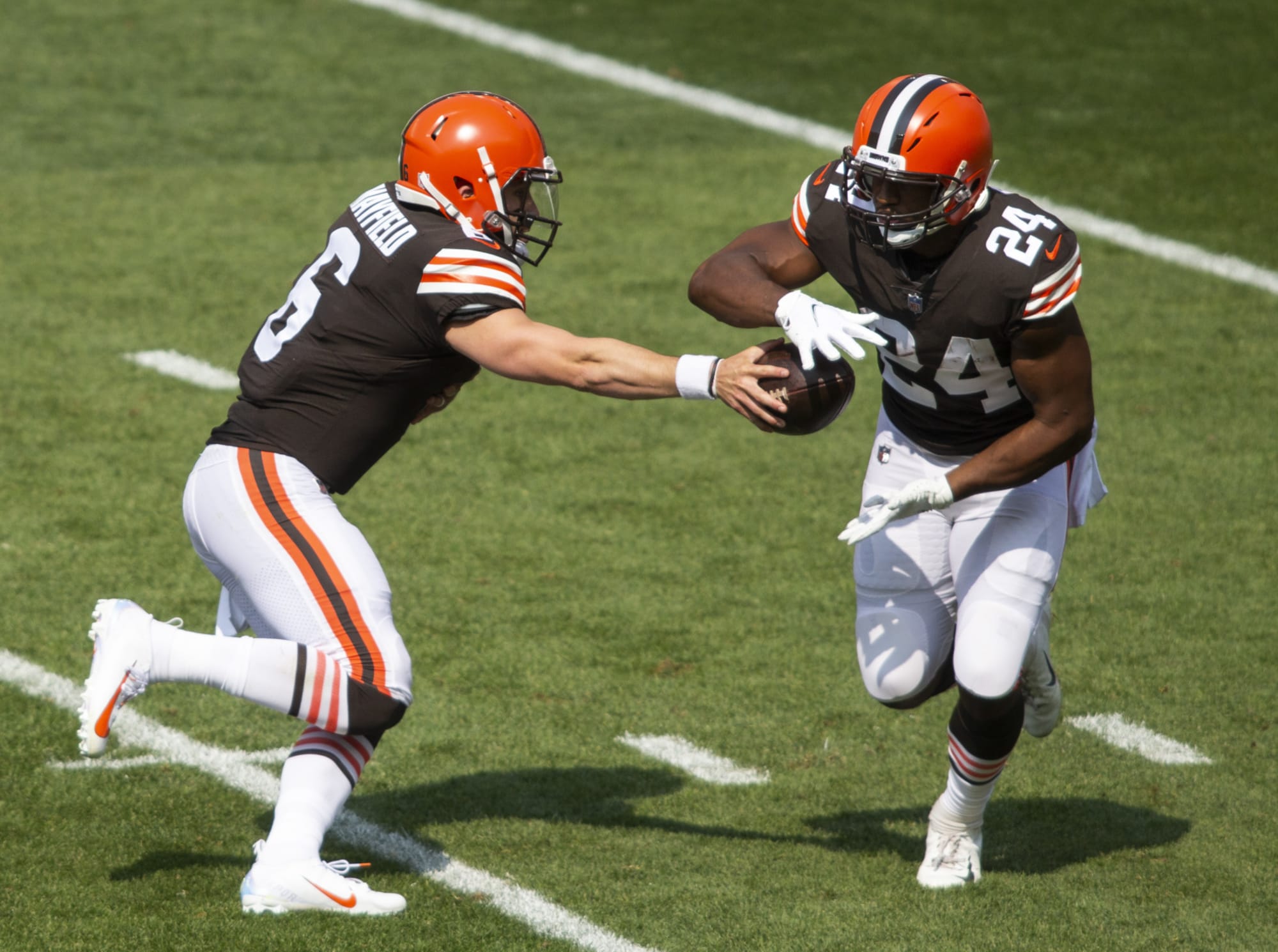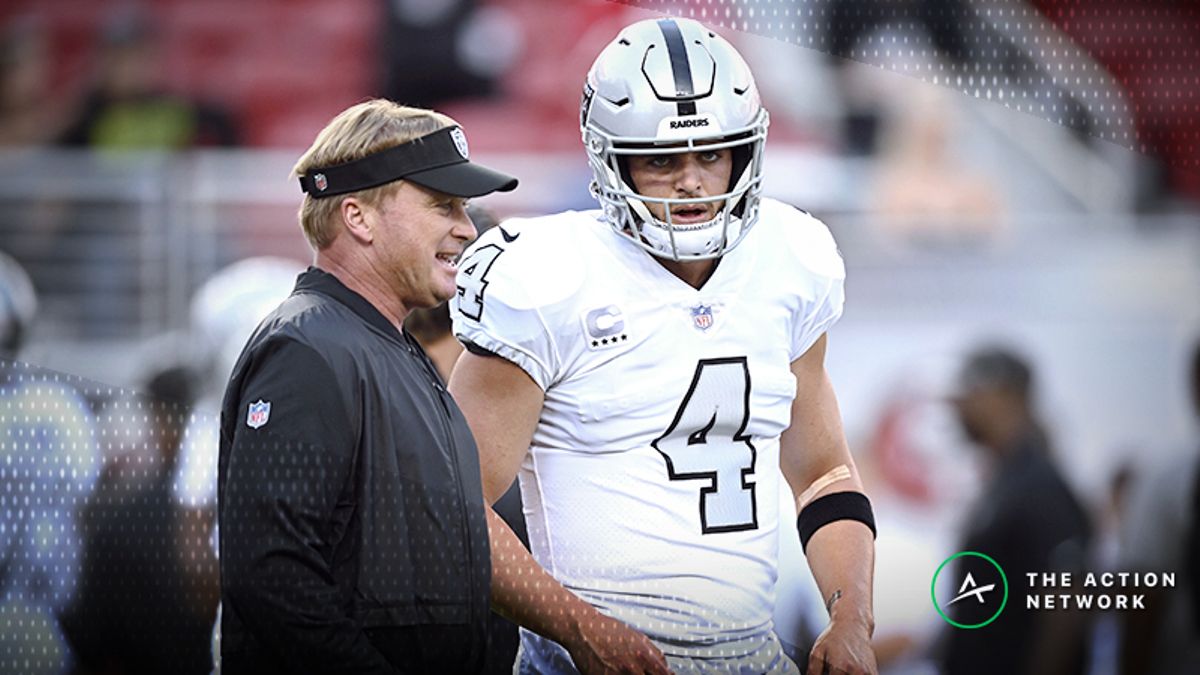- Green Bay Packers -6.5 vs. Los Angeles Rams This is a matchup of the best offense in the NFL (Green Bay) against the best defense (Los Angeles) by almost any metric. And there’s a case to be.
- NFL Spread Betting Easily the most popular type of betting for NFL football is “spread” betting or more commonly known as betting against the spread. Bettors who are new to NFL betting or betting in.
- Best Bet Against The Spread Nfl
- Best Picks Against Spread
- Betting Against The Spread Nfl Fantasy Football
- Football Spread Betting Explained
The NFL consensus is a great tool to use when making your NFL picks because you can see what other football bettors are wagering on. This is the percentage of the general public betting on each side of a matchup or total. You can bet with or against the public. When you bet against the public, it is called “fading” the public. NFL Spread Betting (Betting Against the Spread): Tricks for Success Tired of the lousy returns that come with betting favorites NFL Betting Against the Spread Read More ».
 Estimated Read Time: 6 minutes
Estimated Read Time: 6 minutesSee All Guides
Tired of the lousy returns that come with betting favorites on the moneyline each week? Then it’s time to move up in the world of NFL betting online. For many, betting against the spread is the best way to start making some real money, fast.
If you’re entirely new to NFL point spread betting, or even the concept of odds, visit our series of articles for new bettors for a comprehensive introduction.
When betting on the spread, you’re betting on a team to either win by a certain point margin, or a team to lose by a certain margin (or win outright). The spread is the great equalizer in sports betting.
How Does Football Spread Betting Work?
In spread betting, the favorite has to win by a certain number of points for the bettors who pick them to cash in.
On the other hand, the underdog ‘gets’ points, meaning that bettors who back them will see a profit even if they lose, so long as it’s by less than the spread.
Often, you will see a spread with a half-point attached to it. This is called a hook (you’ve probably heard someone say they lost by the hook.) The hook ensures there will not be a push (a betting term for a tie). In the case of a push, most bookmakers will return the money wagered. However, it’s important to understand the terms and conditions at your sportsbook, as some will count a push as a loss.
Now that you’ve got the basics, let’s dive deeper into the world of NFL spread betting. In this article, we’ll be covering:
- How point spreads are set
- Why the spread changes during the week
- Strategies to win NFL point spread bets
How is the NFL Point Spread Set?

Point spreads are designed to attract equal betting on both teams in a football game. The majority of NFL games have a perceived favorite, and without the addition of a spread, the bets would be one-sided. This is unprofitable for bookmakers unless the underdog wins.
The opening football spread for each week is set shortly after the Sunday night wrap up. Week 1 is the exception, with the lines coming out well in advance. When creating spreads, bookmakers are trying to read how the public perceive both the team and game in question. Obviously, some math, team stats, and storylines are involved, but this all secondary to public perception.
Bookmakers are not gamblers. Instead of letting their money ride on one team, they are happy enough to collect the juice (or vig) on each game. When betting the spread, the odds for both teams are often -110. This means a bettor has to wager $110 to win $100. Therefore, if the money is evenly split, the bookmakers simply pay winners from the money collected from losers and pocket the remaining 10%.
Let’s use the matchup of Kansas City at New England (-7.5) as an example. We’ll assume the money is split evenly.
Let’s say a bookmaker takes 1,000 bets of $110 for New England to cover, and 1,000 bets of $110 for Kansas City to cover. Therefore, each bettor would win $100 if their team covers the spread, since the odds are -110 for each team.
- Money bet on New England = 1,000 x $110
Money bet on New England = $110,000 - Money bet on Kansas City = 1,000 x $110
Money bet on Kansas City = $110,000
Now let’s assume the Patriots win in blowout fashion, 42-7, covering the spread. All 1,000 individuals who bet $110 on the Pats win $100, while the Chiefs supporters surrender their wager to the bookmaker.
- Money paid out to New England bettors: 1,000 x $100
Money paid out to New England bettors: $100,000 - Money collected from Kansas City bettors: 1,000 x $110
Money collected from Kansas City bettors: $110,000
After both exchanges, the bookmaker has turned a nice profit ($110,000 – $100,000 = $10,000). And remember, this is just one game. The best NFL betting sites are likely taking more than 1,000 bets on each game. That can result in hundreds of thousands in profits. And this is why bookmakers like to include a hook in the spread; a push results in no juice collected.
Best Bet Against The Spread Nfl
So, the next time you’re wondering how a bookmaker came up with the spread for a specific game, just take a good look in the mirror.
Why Do NFL Betting Spreads Change During the Week?
Now that you know how spreads are created, it should be fairly obvious why they change. Quite simply, a spread changes throughout the week if more money has been placed on one team. The bookmaker will alter the spread to encourage betting on the other team. This way, the money evens out, and they aren’t risking losses. Here’s another example to help out:
Best Picks Against Spread
Let’s say Carolina’s starters look good during the first preseason game, and bettors flock to the Panthers (-4.5). The bookmakers’ first response may just be to adjust the odds to -120 for Carolina with even money for San Francisco (meaning bettors have to wager $120 to win $100 when betting Carolina, but only have to wager $100 to win $100 when betting San Francisco). However, if the money is too lopsided, the spread may increase to -5.5 or -6 for Carolina, to encourage new bettors to start putting their money on San Francisco.

Injuries also play a significant role in spread adjustments. Occasionally a spread may be withheld until the injury reports are released. If a star player’s status is unknown, bookmakers will wait until news regarding that player is released. If a star player is ruled out at the last minute, bookmakers will change the spread immediately (knowing that savvy, attentive bettors will try to get their money down as quickly as possible, hoping to beat the line movement).
NFL Point Spread Betting — How to Win
The heading is a little misleading. No formula that results ensures money. (But when one does exist, you’ll find it here first.) There are, however, strategies to maximize your chances of success.
First off, it’s important to understand that a game with two evenly matched teams will often result in an opening 2.5-point spread in favor of the home team. The conventional wisdom is that home-field advantage is worth three points.
As discussed, public perception can and will change the opening spread between two evenly matched teams. Therefore, if you believe two teams are evenly matched and don’t see a 2.5-point spread, it’s something to investigate.
Other details that should be considered before making a bet against the spread:
- Where is the game being played?
As mentioned, home-field advantage is a real thing. The bookmakers are considering it, and so should you. - Is it a divisional matchup?
Many teams perform better when playing within their own division, and these games tend to be closer in score. Familiarity is an equalizer in football. - Where and when did each team play the previous week?
After playing on Monday Night Football in a different time zone, even the best teams can look a little sluggish. Cross-country travel means less time to rest and practice. - Monitor the betting spreads
Waiting until Sunday morning to place your bets can result in missing out on a favorable opportunity. - Know the injury reports
Football is the ultimate team sport. Monitoring the health of the quarterback isn’t enough. - Be aware of individual matchups
In spite of what I just said, some players and coaches just have each other’s numbers. For example, Tom Coughlin is 5-2 when coaching against Bill Belichick. - Know the teams
Yes, knowledge of each team’s strengths and weaknesses seems rather obvious. But also, be aware of team popularity. For example, the Packers and Cowboys have legions of fans who like to bet on them. That can push spreads higher, even when it isn’t justified. - Don’t go overboard on parlays/teasers
A parlay is just a fancy term for a bet that involves more than one team. A teaser is a parlay that allows bettors to adjust the spread in their favor in exchange for a smaller potential payout. Both of these are common when betting against the spread. Be cautious as to how many teams you include in one bet. The potential payout of an eight-team parlay may look tempting, but the odds of winning are extremely slim. Upsets and unforeseen events will occur—count on it.
Following the eight rules we’ve discussed doesn’t guarantee a payout. As Kevin Garnett so eloquently put it, “anything is possible.” But those considerations will increase the chances of beating the house. So, take that newfound knowledge of spread betting and give it the old college try (responsibly, of course).
Looking for More Football Betting Knowledge?
The point spread is the most popular way to bet on football, but it’s only one of many options. Be sure to review the rest of the NFL content in our sport-specific betting advice section,
Betting Against The Spread Nfl Fantasy Football
/https%3A%2F%2Fspecials-images.forbesimg.com%2Fimageserve%2F5fe76a2a83c89babb62901c7%2F0x0.jpg)
Check out the quick tips and tricks outlined in our beginner’s guide to betting on college football if you’re looking to expand your football betting portfolio beyond the professional gridiron, and enjoy the action this season!
Football Spread Betting Explained
